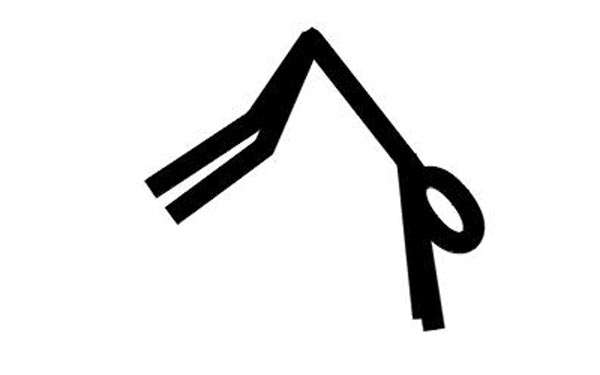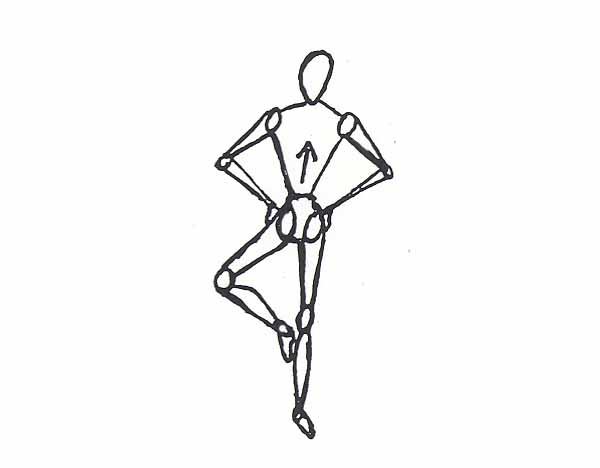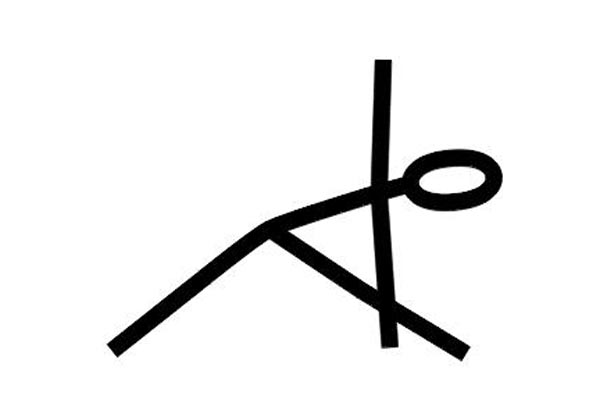Yoga Styles: Ashtanga Yoga
 One of the wonderful things about yoga is that there are as many styles as there are people who practice yoga. This allows the participant an nearly limitless assortment of different techniques to choose from. The only problem with this is that with all of those styles out there, when someone says yoga, we can never be exactly sure just which yoga they are talking about.
One of the wonderful things about yoga is that there are as many styles as there are people who practice yoga. This allows the participant an nearly limitless assortment of different techniques to choose from. The only problem with this is that with all of those styles out there, when someone says yoga, we can never be exactly sure just which yoga they are talking about.
Today I wanted to discuss the yoga style known as Ashtanga Yoga. This is a very vigorous form of Hatha yoga and was developed by K. Pattabhi Jois in 1948. He divided this athletic form of yoga into six series of actions.
There are other forms of yoga that are derived from Ashtanga Yoga and they may be called Power Yoga or Vinyasa yoga but these can be considered generic versions of Ashtanga.
The basic principle of this form of yoga is the alignment of movement and breath into a dynamic flow. Each sequence of the flow is held for one inhale or one exhale and the static poses between each flowing sequence are held a predetermined number of breaths.
In fact, the sequence of this style of yoga is entirely predetermined based on which of the six series you practice. There is more attention paid to flowing with the breath than in body alignment during the static poses.
The flowing sequences are also known as a ‘jumping form’ because that is what you do in them. In a regular sun salute the student would transition from the initial forward bend and step one leg back into a lunge position. In Ashtanga, from the initial forward bend the student will jump both feet back into a low plank. The sequence would also involve jumping forward into the forward bend from a downward dog position.

Needless to say this style of yoga is very vigorous and aerobically demanding. It also is quite difficult to master not only due to the vigorous jumping form, but also because the static poses are themselves challenging and the student is required to hold them for several deep breaths.
I would never recommend this style of yoga to a beginning yoga student. I would also not recommend this style of yoga to someone with current injuries. Ashtanga yoga is associated with a high number of injuries in part from the vigorous activities, but also in part from the directive to practice this intense form of yoga every day. The intensity of effort this form of yoga requires would do better as a once or twice a week form of exercise with days off in between in order to thoroughly rest the body.
I have practiced this form of yoga in the past and thoroughly enjoyed it, however, it was the style of yoga that injured me the most – strained muscles, a sprained wrist and a badly bruised toe from coming down in a jump too hard. I choose not to practice it today and prefer to practice with a greater attention to the alignment of the pose instead of flowing with breath.
If you are attracted to this vigorous form of yoga then I can advise finding a skilled instructor who will guide you through the actions. I would also strongly advise taking days off in between sessions, no matter what the instructor says about daily Ashtanga practice. Believe me, you will have to take days off if you get hurt and getting hurt is more likely when you have just done an intense workout the day before.
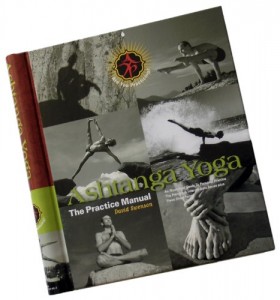 There is a wonderful book about Ashtanga Yoga written by David Swenson. I was fortunate enough to take some workshops with David and his brother Doug and if you ever get a chance I can highly recommend them as instructors. The book is a delight visually with some great photos of David in the classic poses. It is spiral bound so you can open it out. The Ashtanga Yoga: Practice Manual is a must have for those interested in authentic Ashtanga yoga. It offers practical advice for anyone practicing this form of yoga and an incredible reference for anyone interested in yoga in general. It costs around $20.
There is a wonderful book about Ashtanga Yoga written by David Swenson. I was fortunate enough to take some workshops with David and his brother Doug and if you ever get a chance I can highly recommend them as instructors. The book is a delight visually with some great photos of David in the classic poses. It is spiral bound so you can open it out. The Ashtanga Yoga: Practice Manual is a must have for those interested in authentic Ashtanga yoga. It offers practical advice for anyone practicing this form of yoga and an incredible reference for anyone interested in yoga in general. It costs around $20.
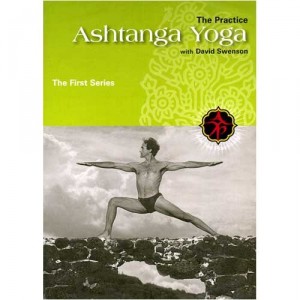 He has a DVD of this series as well. It is called Ashtanga Yoga: The Practice – First Series and costs around $19.
He has a DVD of this series as well. It is called Ashtanga Yoga: The Practice – First Series and costs around $19.
If you are looking for a vigorous and intense form of yoga, Ashtanga yoga may be what you are looking for, but be careful with your workouts and plan for adequate rest. Use a more gentle form of yoga on your non-Ashtanga days and be sure to concentrate on your form in the static poses, even though Ashtanga does not emphasize this much. Remember, a little bit of intensity can be a good thing. Too much and you may be sidelined with an injury.


